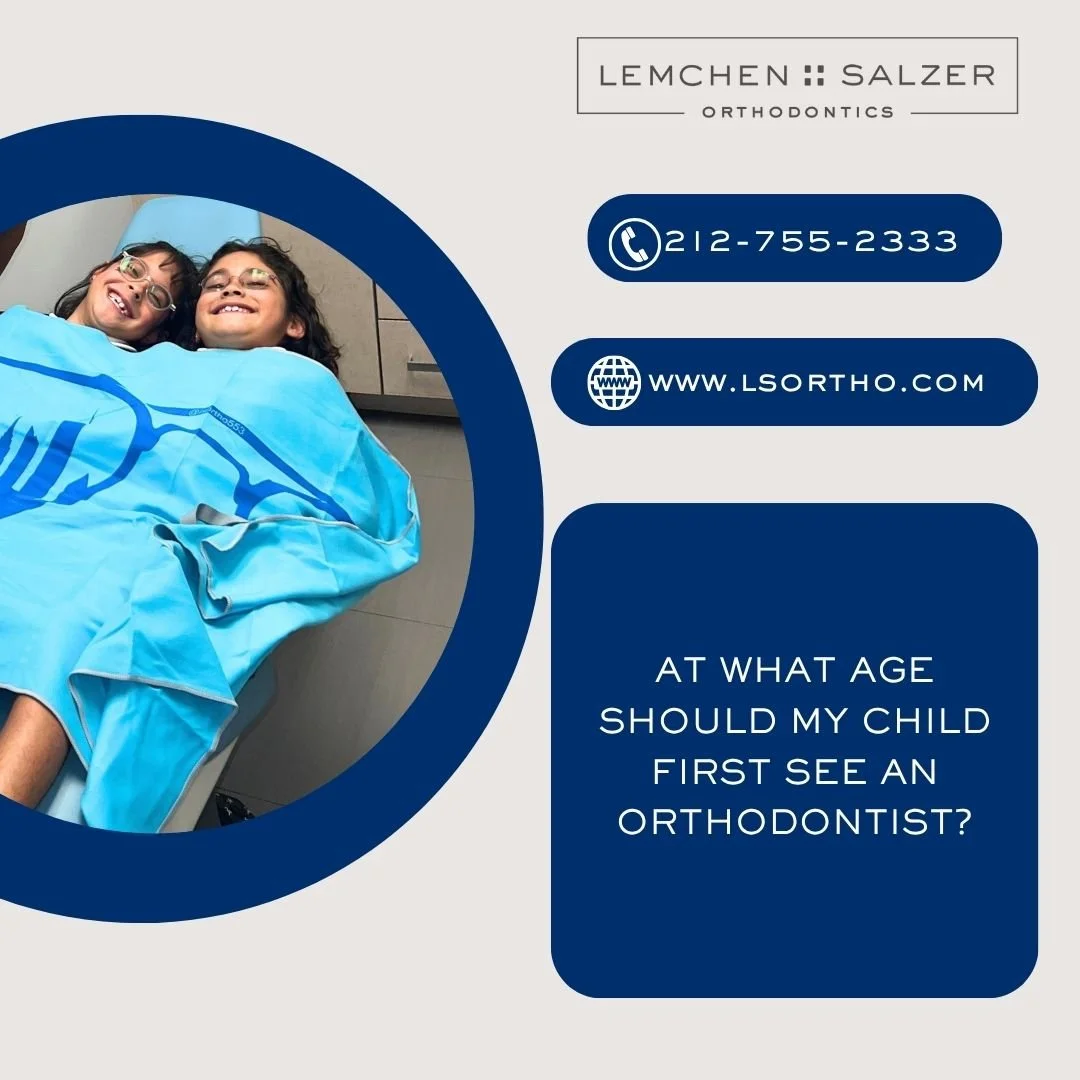A beautiful, healthy smile begins early.
Not every child will need early treatment, but for those who do, taking action sooner can make treatment easier, faster, and more effective later in life. Early orthodontic care, sometimes called Phase I treatment, is all about guiding growth, preventing serious problems, and giving your child the best foundation for a confident smile.
What is early orthodontic treatment?
Early orthodontic treatment, also called Phase I treatment, begins when children still have a mix of baby teeth and permanent teeth (usually between ages 6–10). The goal is to guide jaw growth, create space for incoming teeth, and address bite issues before they become more serious.
Why would a child need orthodontic treatment so young?
Starting early can prevent bigger issues later. Common reasons include:
Crossbites or underbites
Narrow jaws or crowding
Thumb-sucking habits
Early loss of baby teeth
Difficulty biting, chewing, or speaking
At what age should my child first see an orthodontist?
the American Association of Orthodontists recommends children have their first orthodontic evaluation by age 7. At this stage, our doctors can spot subtle issues with jaw growth, bite alignment, and spacing—even if your child still has baby teeth. our office prides itself on seeing children as young as 3-5 years old for early growth intervention.
What does Phase I treatment involve?
Expanders to widen the upper and lower jaw
Limited braces on certain teeth
Space maintainers for early tooth loss
Appliances to stop thumb-sucking or tongue-thrusting
Simple monitoring until more teeth come in
How long does early treatment last?
The length of early orthodontic treatment varies because every child’s smile and growth pattern is unique. Treatment time is determined on a case-by-case basis, depending on your child’s specific needs. At Lemchen Salzer Orthodontics, we walk you through all options after completing a comprehensive diagnostic evaluation—including a CBCT (cone beam computed tomography) scan, clinical photos, and a digital iTero® scan. This ensures we create a personalized plan tailored to your child’s growth and smile goals.
Will early treatment mean my child won’t need braces later?
Not always. Many kids still need Phase II braces or aligners once all their permanent teeth are in—but treatment is usually easier, faster, and more effective thanks to the foundation built during Phase I.
How do I know if my child might need early orthodontic care?
Look for these signs:
Teeth that don’t come together properly
Mouth breathing or loud breathing at night
Crowding or teeth growing in the wrong place
Difficulty biting into food
Thumb-sucking past age 4–6








